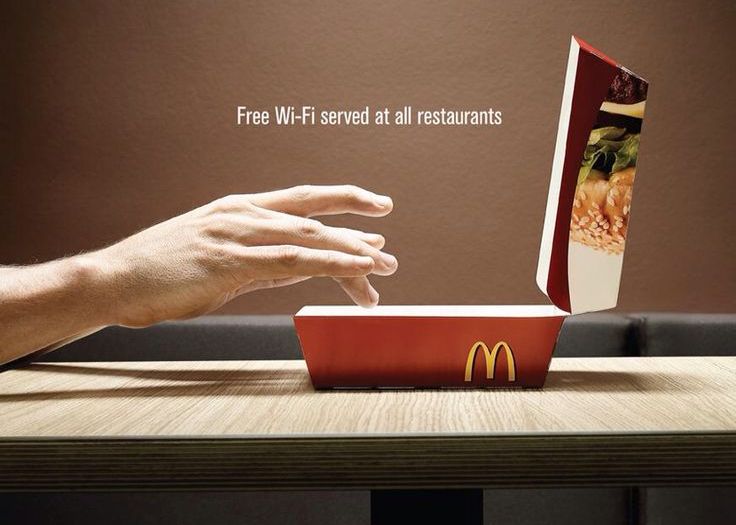This is a guest post by Jamie Dundas. Jamie is the CEO of coworking consultancy Monday Works. He is passionate about helping entrepreneurs and landlords build workspaces that attract long-term members and turn a profit.
‘Better is not better. Different is better.’
You launch a new coworking space and you look out to a sea of empty desks.
Or you hit a summer sales slump.
Or a pandemic hits, and you’re working furiously just to try and get enough members to keep the lights on and the coffee flowing.
What do you do?
We’re all tempted by the same voice. The voice that says: I must get anyone to join, and I must do so by any means necessary.
That voice tempts us to round the edges and go more vanilla - just to make sure you don’t put anyone off.
We do whatever we can to try and persuade a greater portion of ‘everyone’ to join our ranks.
Who are we for? Anyone who wants a flexible workspace.
Luxury branding agencies and scrappy bootstrappers.
Corporate execs and techie startups.
It doesn’t matter as long as you think there’s a chance you’ll get them through the door.
This is what I would call the ‘all things to everyone’ approach. The thinking is if you narrow your target audience you’ll simply limit yourself. So don’t be specific and don’t do anything that might ruffle feathers.
But there’s a problem. Because by its very nature, making something that everyone wants means you are making something average.
Trying to be ‘all things to everyone’ is a sure-fire way to end up being not much at all to anyone.
The coworking market is getting increasingly crowded. And now as well as traditional operators, landlords are entering the fray, hotels are converting rooms to flexible offices, and restaurants and cafes are styling themselves as ‘workspitality’ venues.
Basically anyone with wifi is offering ‘flexible workspace’. I came across this MacDonald’s advert recently which made me chuckle…

In a market that is getting so crowded, one of the riskiest things you can do is to attempt to win over the masses.
‘The challenge for most people who seek to make an impact isn’t winning over the mass market. It’s the micro market. They bend themselves into a pretzel trying to please the anonymous masses before they have fifty or one hundred people who would miss them if they were gone.’
-Seth Godin

So if ‘pleasing the anonymous masses’ is not the answer, then what is?
The answer of course, is to be distinct.
Once you carve out a distinct position in the market, you corner off a great deal of people. But, when your people come across you, they’ll see you as the only workspace for them. In other words, you’ll find yourself in what Kevin Whelan calls ‘a category of one’.
The best way to start getting super specific with your brand’s position is to think about who your ideal member is.
If you’re an existing coworking brand then getting member feedback will play an important role in this. But whether you’re operational or haven’t yet launched a space, it’s well worthwhile doing a deep dive into your customer personas.
Figuring out demographics is interesting and helpful (what age are they, what magazine do they read, what social media channels do they use, etc.)
But what’s even more helpful is understanding the psychographics; what are their hopes and dreams? What do they believe about the world? What are their anxieties and fears?
The more we understand the hopes, dreams and desires of the sort of member we want to attract, the better we can serve them.
Here are some example customer personas, along with workspaces they might join:
Figuring out who your target audience is is just one element of brand positioning. Other things you may want to consider are:

- Your brand’s Purpose, Vision and Mission
- Your brand’s Values
- Your brand’s Tone of Voice (personality)
- The Value Proposition for members (pain points, features, benefits)
- Customer acquisition and retention strategies (marketing)
Each of those really deserves it’s own blog in and of itself. So I won’t go into detail for now.
But, as with customer personas, the key thing to remember is the importance of being specific.
Often when people go through brand positioning exercises they simply churn out generic and meaningless phrases that could be attributed to any number of their competitors.
This Marketoonist sketch comes to mind:

Once you are specific about what you stand for, who your ideal member is and what difference you make for them, you can start crafting everything about your workspace to meet the same aim: to delight this specific group.
Your marketing, site tours, member events, supply chain, choice of partners, workspace design...can all play their part in setting you in isolation from the herd.
There’s good news and there’s bad news with being distinct.
The good news is it has nothing to do with spending more money.
The bad news is it takes a bit of bravery, because as soon as you make something that a specific group of people will love you will also be putting others off. It’s also very hard to implement if you have to get key decisions through a committee. After all, committees are the place where brave ideas go to die.
Lastly, an example…
I know it’s controversial to praise WeWork now-a-days. Their supposed ‘tech valuation’ and growth-at-all-costs mentality ultimately came to bite them in the bum. But what I would say is that the early years of their growth show the value of being distinct.
They started out by being extremely specific about serving the New York tech and creative audience.
The flip-flop, hoodie wearing entrepreneur who brought his dog into work and would tell all his friends about the free beer absolutely loved it. And the more refined executive professional who was put off by the ostentatious design couldn’t stand it. But no one was agnostic. And that very specific position they took up in the market played a big role in their early success.
Love them or hate them, the early years of WeWork are a great example of this paradox:
Limiting your market actually leads to growth.
What specific group of people are you serving?
How can you place yourself in a ‘category of one’ so they see you as the only option for them?
It might feel a bit nerve wracking aiming at this specific group. But the magic of this approach is you discover two things. Firstly, your members will proudly spread the word far and wide about your workspace. And secondly, you discover this supposedly ‘small group’ is not so small after all.




